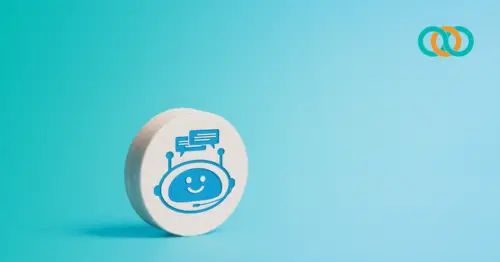- 3:14 to watch
- Introduction
- Transcript
Are you new to the role of instructional designer (ID) or are you interested in how to get started working in the field?
There are many different career paths you can choose to specialize in as a consultant in the learning and development (L&D) industry. However, there is no role more central to the profession than an instructional designer.
IDs are the creators of the content. Therefore they have to be well versed in different types of design methodologies. Arguably the most widely used is the ADDIE model.
ADDIE stands for analysis, design, development, implementation, and evaluation. As an instructional designer, your work will primarily be done during the design and development phases.
However, having the ability to handle every stage of the model can help you stand out among other consultants who have a narrower skill set.
In this video, Instructional Designer, Maria Jones shares her experience working as a consultant. Maria walks through each phase of the instructional design process using the ADDIE model.
Are you looking for skilled Instructional Designers to augment your current staff? TrainingPros has the consultant you need to scale your team with ease.
Speaker: Maria Jones, Instructional Designer
There are many different design processes that are out there that are used by Instructional Designers, and one of the most common ones that a lot of you probably heard of is ADDIE.
That's shown on the screen, and really no matter the process, those core items are usually a part of any process that you go through.
ADDIE: The Process of Instructional Design
It (ADDIE) usually starts with some sort of analysis. And as I go through this example, I'll use e-learning as an example because I develop a lot of e-learning for clients.
So, for the analysis phase, it's when we're sitting down and talking to the clients and trying to get more information about what they actually want to get out of the training.
We're in the information gathering phase and really trying to hone in on what the end project is going to be and what results they (the client) want to get out of putting together this training.
From there, we move on to the design. So, in the analysis phase, usually, what comes with the analysis phase is putting together requirements and specifications.
For example, for e-learning, it's basically the structure to say okay for this e-learning course. We're going to split it up into four different modules.
And for these different modules, these are the topics that we're going to teach, and these are the objectives for each of these different modules.
Then when you move into the design phase, it's more of the storyboarding phase. So how are we actually going to teach all of these different topics?
So the design phase, at least for the e-learning process, is your storyboarding phase, where you're figuring out how you're going to present that information.
How you can engage the learner? Different graphics that you can use. Different training strategies that you can use.
So from there, you move into development and production. For our e-learning example, that's when you take all those storyboards that have been approved by the client, and you actually program the course.
You record audio and put it all together into a final package for your client to review. Once they go through and they approve, then you go to implementation.
So for e-learning, you're going to upload the course. Either to their learning management system or on their website.
Or wherever they are going to host the content for their end users to be able to take the training. And all throughout this process, you're going to be evaluating and doing quality assurance. And doing more fine tuning.
I typically like to have a review process at every stage. So with every stage, we're getting sign up from the client of "yes, this is the direction that we want to go."
So this process, the systematic process, is what drew my engineering mind to instructional design. It's what fascinated me about it, I thought. And it felt very familiar.
I felt very at home having a process to go through; to develop different materials.
- 2shares
- LinkedIn0
- Twitter1
- Facebook0
- Love This1









